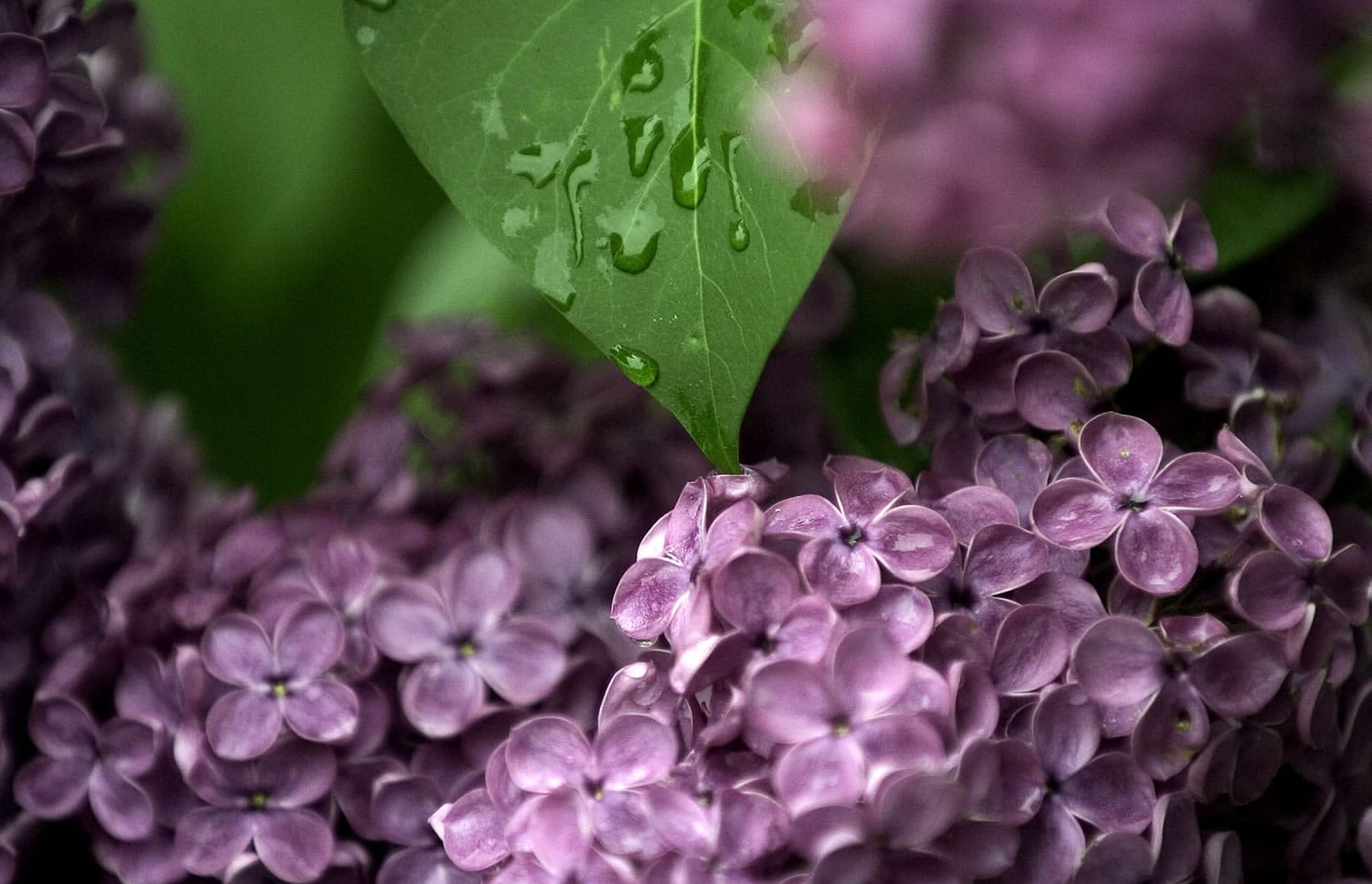A desire to tidy up the garden and do something outdoors — even before anything much is really happening there yet, garden-wise — drives many of us out to prune now.
Good.
March is a fine time for pruning from the perspective of most plants. Certain pruning questions predictably pop up this time of year.
A lilac makeover
Lilac sometimes get overgrown with neglect. Can a tangled mass of stems with awkward posture and few flowers be brought back to its former glory?
Yes, it can. There are two options in “renovation pruning” such a shrub.
The first is the drastic one: merely lop the whole plant to within 1 foot of the ground. Now. The renovated lilac will hardly be worth looking at for a year, perhaps two. A few vigorous shoots will grow this season, fueled by an established root system. Late next winter, thin out some of those stems, and you’re on your way to a “new” shrub, full of blossoms and with a graceful growth habit. You will soon have what amounts to a whole new plant from the ground up.
The second option is to renovate the shrub over a period of four or five years. Although this takes more time, the plant will look decent and flower throughout the recovery period.
Exercise this option by cutting two or three of the oldest stems to ground level or to vigorous branches low on the plant each year in late winter. At the same time, thin out some of the youngest sprouts growing from ground level, making sure to leave a few as replacement shoots for the old wood you are removing.
After a few years — how many depends on how long the shrub has been neglected — you will have cut away all the old wood and replaced it with new wood. This “new” shrub will be shapely and bear abundant, fragrant blossoms.
Old apple trees made like new
Old apple trees similarly often suffer neglect. Such craggy, old trees do have a rustic charm, but too many of their fruits are pest-ridden, lacking flavor and high out of reach. Can the plant be returned to its former glory?
Again, the answer is yes, with, again, renovation pruning.
But before you pick up your pruning tools, ask yourself whether your efforts will be justified. Is the tree of a particularly good variety? Do you really want a tree where that tree is?
Some young trees could already be bearing in the time it would take to restore this one, so before beginning renovation pruning, consider “pruning” the tree with a saw — at ground level.
If you do decide to renovate the old tree, now is a good time to start. First make some large cuts low in the tree to thin it out and, if you want, to lower it and limit its spread.
Cut one or two major limbs back to their origin or to sturdy side branches. If more major limbs need cutting back, wait a year, and if still more must go, hold off for yet another year. If you cut too much in one year, there is the risk of sunburn on once-shaded bark.
This summer, new sprouts may grow near some of your pruning cuts. Some of these sprouts, especially those of moderate vigor, might be in good positions to make permanent new limbs. Save those and cut away the others, especially when many are clustered near a pruning cut.
With major cuts out of the way for now, progress to more detailed pruning, using a small pruning saw and lopper. Look over the stems and cut back to sound wood any that are diseased, dead or broken. Also remove stems that are overcrowded or weak. Cut back any drooping stem to a branch near the place where the stem starts drooping.
Finally, stand back and admire your work. Cleaned up, an old fruit tree can look much more charming than it did when it was neglected and overgrown. Now give your tree a hug.



